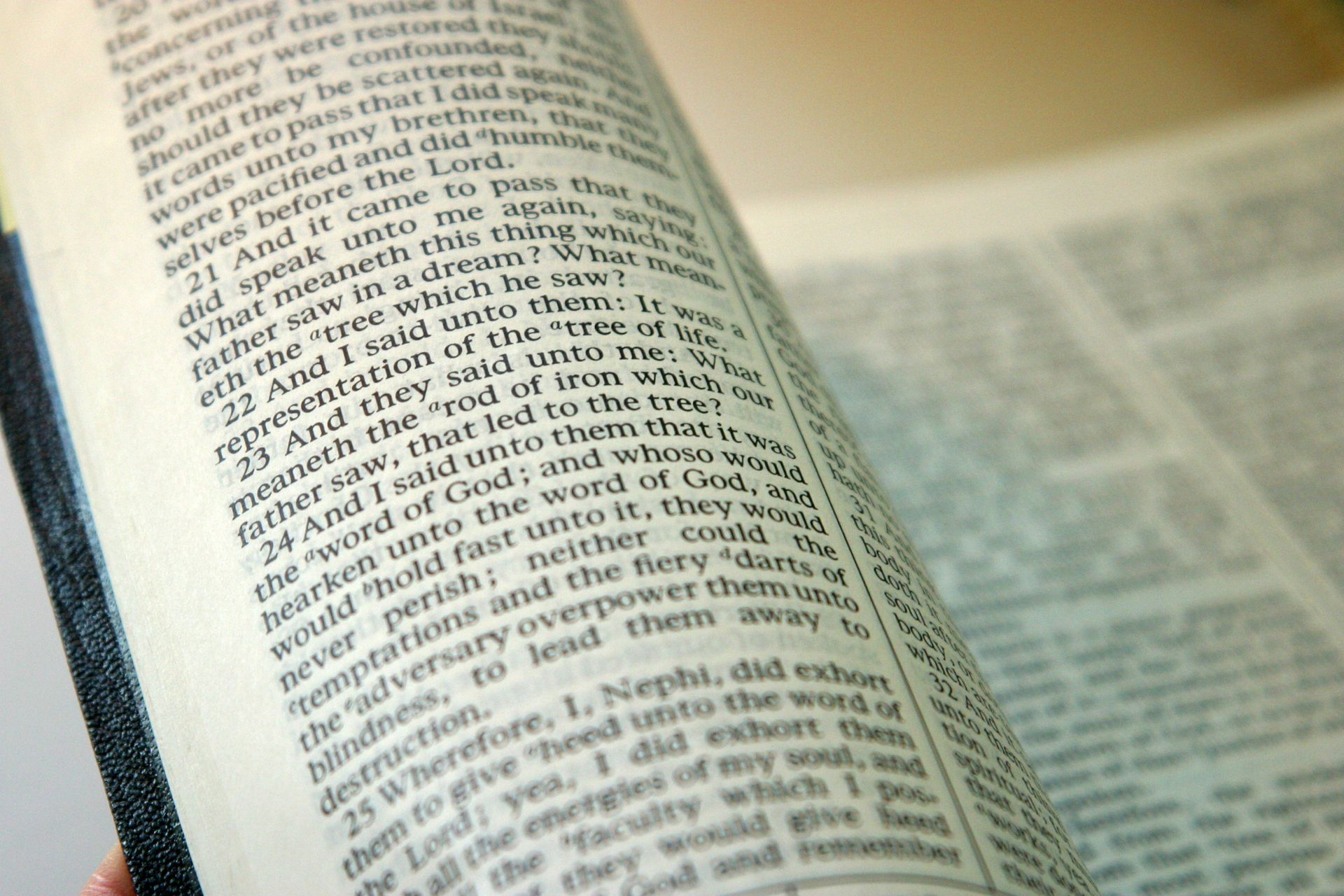
For many, the CES Letter is a touchstone of criticism against the truth claims of The Church of Jesus Christ of Latter-day Saints, especially regarding the authenticity of the Book of Mormon. The author of the CES Letter Mormon, Jeremy Runnells, makes many arguments against the Book of Mormon’s validity in a confident tone, framing questions as if the debate is already settled. But is that really the case?
While the CES Letter presents criticisms that deserve attention, these criticisms are frequently oversimplified, leaving out important counter-evidence. When examined closely, it’s clear that the CES Letter does not necessarily debunk the Book of Mormon as it claims. In reality, the debate is much more complex than Runnells would have it appear. Here are some of the CES Letter PDF’s main criticisms of the Book of Mormon examined with a different lens.
DNA and the Book of Mormon
One of the major claims in the CES Letter is that DNA evidence proves Native Americans do not descend from Israelites, challenging the Book of Mormon’s narrative which follows the posterity of an Israelite family that migrated to the Americas. The Letter implies that this DNA evidence falsifies the Book of Mormon. However, this conclusion is greatly oversimplified.
It’s true that the dominant genetic markers among Native Americans suggest mainly Asian ancestry. But the Book of Mormon never claims that its people are the exclusive ancestral source for all Indigenous American peoples. The Book begins by following a tiny group arriving in 600 BC, and it’s not unreasonable to assume that they could easily have been genetically absorbed into larger populations over millennia.
When attempting “CES Letter debunking”, it’s important to note that in a previous iteration of the introduction to the Book of Mormon, it is written that the ancient American peoples in the record were the “principal” ancestors of Native Americans. This was later changed to say “among the ancestors”. The Book of Mormon’s introduction has undergone several revisions by Church authorities up until the present, and this particular change was not a reaction to DNA science alone. Rather, it reflected a closer alignment with the Book of Mormon’s actual claims. The book itself never claims to describe all ancient Americans, and assuming otherwise misrepresents its scope.
Book of Mormon Archaeology
Critics often argue that there is no archaeological evidence for the Book of Mormon, and these claims are expounded in the CES Letters. However, this kind of approach does not acknowledge the reality that direct evidence is extremely rare in ancient studies. Even identifying ancient Jerusalem took time and patience, despite the city’s deep historical significance.
Recent discoveries have shown just how limited our archaeological knowledge still is, especially in humid, heavily vegetated regions in the Western Hemisphere. In 2018, researchers in Guatemala uncovered tens of thousands of previously unknown structures hidden under jungle canopy. New technology revealed the remains of a massive, organized civilization with highways, defensive systems, and domesticated animals. Many of these features mirror those described in the Book of Mormon, despite critical claims that such large and advanced civilizations couldn’t have existed in the Americas during the Book of Mormon’s time frame. Whether one finds this evidence persuasive or not, to claim there is none is misleading.
A striking piece of favorable evidence Runnells fails to mention in the LDS CES Letter is the discovery of real-world locations that match Book of Mormon names and descriptions. Nahom, for example, is a place in Arabia discovered to be in the right location and time period to match its description in the Book of Mormon.
The path described from Jerusalem to Nahom and then eastward to a fertile coastal region fits with the terrain leading to Wadi Sayq—believed by many scholars to be the Book of Mormon’s “Bountiful.” With its fresh water, abundant vegetation, and accessibility to the ocean, Wadi Sayq matches the text’s description in compelling ways.
Anachronistic Details
The CES Letter also lists animals and technologies that are supposedly anachronistic in the Book of Mormon, including horses, steel, and silk. But these criticisms ignore the complexity of the facts. There are many recent discoveries that are more in favor of the Book of Mormon’s historical validity than against it. Cement, for instance, was once cited as a Book of Mormon anachronism until evidence of its use in ancient America was found.
Likewise, the presence of Hebrew-like literary structures such as chiasmus and other Hebraisms in the Book of Mormon gives plenty of evidence in favor of its place in ancient history. These features suggest a Semitic background and complexity far beyond what Joseph Smith, an uneducated farm boy dictating scripture without notes in the early 19th century, is likely to have come up with off the cuff. However, affirmative evidence such as this is rarely acknowledged in criticisms like those in the CES Letter LDS.
In addition to this, stylometric studies—the analysis of writing style using statistics—reveals patterns consistent with multiple ancient authors having written the text in the Book of Mormon. Such internal complexity and consistency argue against the idea of the Book of Mormon as a simplistic fraud without any base in real history.
The Role of Faith
Ultimately, one’s choice to accept the Book of Mormon as divine scripture or not will always be about more than archaeology, DNA, or linguistics. Critics can raise questions. Believers can offer answers. But both sides must be honest: faith is a key ingredient in any religious worldview. No religion can be entirely proven by scientific means, and the Church of Jesus Christ of Latter-day Saints is not an exception. Christians believe in the Resurrection of Christ, not because it’s been verified in a lab, but because they feel it confirmed to them by the Holy Spirit. The Book of Mormon invites its readers to seek the same kind of confirmation through spiritual means as well as intellectual.
The CES Letter raises questions that deserve thoughtful engagement. But the claim that it “debunks” the Book of Mormon doesn’t hold up under closer scrutiny. It oversimplifies complex topics, ignores significant counter-evidence, and misrepresents both history and scripture. While every person is entitled to their doubts, truth-seeking demands more than one-sided critiques. A person who is truly interested in understanding the Book of Mormon would be wise to learn both sides of the argument, pursuing the answers rather than simply stopping at the questions.

By Todd Noall, Source Expert
Todd Noall is an author and religious scholar at Mormonism Explained with a focus on the history and theology of religion.

Fact Checked by Mr. Kevin Prince, Source Expert
Kevin Prince is a religious scholar and host of the Gospel Learning Youtube channel. His channel has garnered over 41,000 subscribers and accumulated over 4.5 million views. Mr. Prince also created the Gospel Learning App, a reliable platform where individuals seeking truth can access trustworthy answers to religious questions from top educators worldwide.
About Mormonism Explained
Mormonism Explained is a resource that was designed to provide objective and factual information about Mormonism, its history, doctrines, and policies. Our team of researchers consults experts and primary sources to present factual information on a variety of topics relevant to the Mormon Church.
Tags
